Lithium-ion Battery Cycle Life VS. Calendar Life VS. Shelf Life
Lithium-ion batteries have become an integral part of our daily lives, powering everything from smartphones to electric vehicles. As these batteries play a crucial role in various applications, understanding their life expectancy is essential. In this article, we will explore the concepts of cycle life, calendar life, and shelf life of lithium-ion batteries, shedding light on their individual characteristics and implications.
What is the Cycle Life of a Lithium-ion Battery?
The cycle life of a lithium-ion battery refers to the number of charge and discharge cycles it can undergo before its capacity drops below a certain percentage. This characteristic is crucial for applications where batteries are frequently charged and discharged, such as in electric vehicles. A higher cycle life indicates better durability and longevity of the battery.
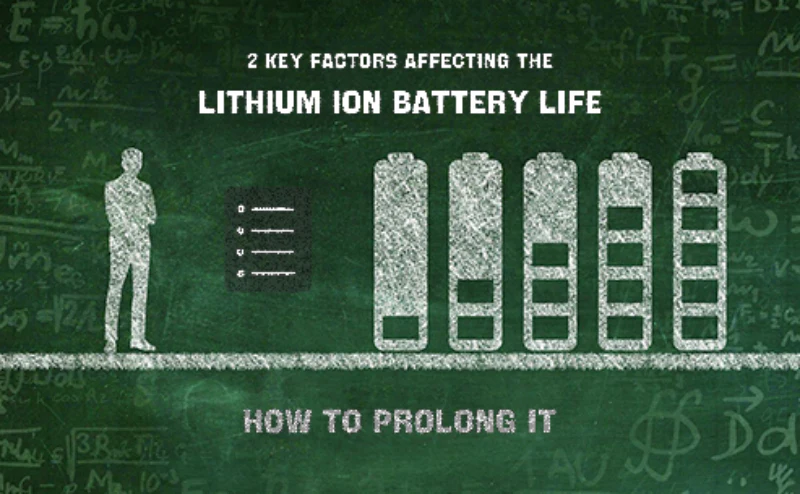
The cycle life of a lithium-ion battery is often influenced by the depth of discharge (DoD), and deep discharges can have implications on the overall longevity of the battery. Generally, as the depth of discharge increases, the number of cycles the battery can undergo decreases. Batteries that are regularly subjected to deep discharges may experience a shorter cycle life compared to those subjected to shallower discharges.
The deep discharge cycle life of a lithium-ion battery refers to the number of cycles the battery can undergo when discharged to a significantly low level, typically a lower state of charge (SOC) than regular operational conditions. For example, if a lithium-ion battery has a capacity of 100 ampere-hours (Ah), discharging it to 80% of its capacity and then recharging it would be considered a shallow discharge. On the other hand, discharging it to 20% or less of its capacity before recharging would be considered a deep discharge.
What is the Calendar Life of a Lithium-ion Battery?
Unlike cycle life, calendar life is not determined by usage but by time. It represents the total lifespan of a lithium-ion battery, regardless of the number of charge and discharge cycles it undergoes. Calendar life is particularly relevant for applications with infrequent use or those that require long-term storage, such as backup power systems. Calendar life of a lithium-ion battery is a critical factor, especially in applications where the battery may remain idle for extended periods. Factors such as temperature, state of charge, and storage conditions can impact the calendar life performance of pouch lithium-ion cells. High temperatures, whether during use or storage, can accelerate the aging process, leading to a reduction in overall battery performance over time.
What is the Shelf Life of a Lithium-ion Battery?
Shelf life refers to the duration a lithium-ion battery can be stored without significant degradation. The shelf life of a lithium-ion battery in storage varies depending on the storage conditions. It is influenced by factors such as temperature, state of charge, and the specific chemistry of the battery. Generally, cool and dry environments with a partial state of charge are optimal for preserving battery health during storage. Monitoring and maintaining suitable storage conditions are crucial to extend shelf life. Manufacturers often specify recommended storage conditions to maximize shelf life.
The Difference Between Cycle Life, Calendar Life and Shelf Life
Cycle life, calendar life, and shelf life represent distinct aspects of a lithium-ion battery's performance and longevity. Cycle life relates to usage patterns, calendar life is determined by time, and shelf life focuses on storage conditions. Understanding these differences is essential for optimizing battery performance in various applications.
While frequent cycling may impact cycle life, prolonged periods of inactivity, especially in unfavorable storage conditions, can accelerate aging based on calendar life considerations. Balancing both factors is crucial for maximizing the overall lifespan of lithium-ion batteries. The aging of lithium-ion cells during storage is a complex interplay between calendar life and shelf life considerations. Elevated temperatures during storage can accelerate chemical reactions within the battery, leading to a faster aging process. This impact is significant for both calendar life and shelf life. The state of charge at which a battery is stored can also influence its aging. Storing a battery at a high state of charge can contribute to degradation over time, impacting both calendar life and shelf life.
Conclusion
In the realm of lithium-ion batteries, comprehending cycle life, calendar life, and shelf life is pivotal for users and manufacturers alike. These factors influence the performance, durability, and longevity of batteries, guiding decisions regarding usage, storage, and maintenance. As technology evolves, ongoing research and advancements continue to enhance the understanding and management of lithium-ion battery life. As a global leader in lithium battery cell manufacturing, Grepow offers professional customization solutions for lipo battery packs and Battery Management Systems (BMS), catering to your specific application requirements. If you have any questions or needs, please feel free to contact us at info@grepow.com.
Related Articles:
What Is a Lithium-ion Battery Cell, Battery Module, and Battery Pack?
Sodium-ion Battery vs Lithium-ion Battery: What’s the Difference?
What is a Silicon Anode Lithium-Ion Battery?
Thin Film Lithium-ion Battery Vs Lithium-ion Battery: What’s the Difference?
Semi-Solid State Battery vs. Lithium-Ion Battery: What's the Difference?
Related Articles
-
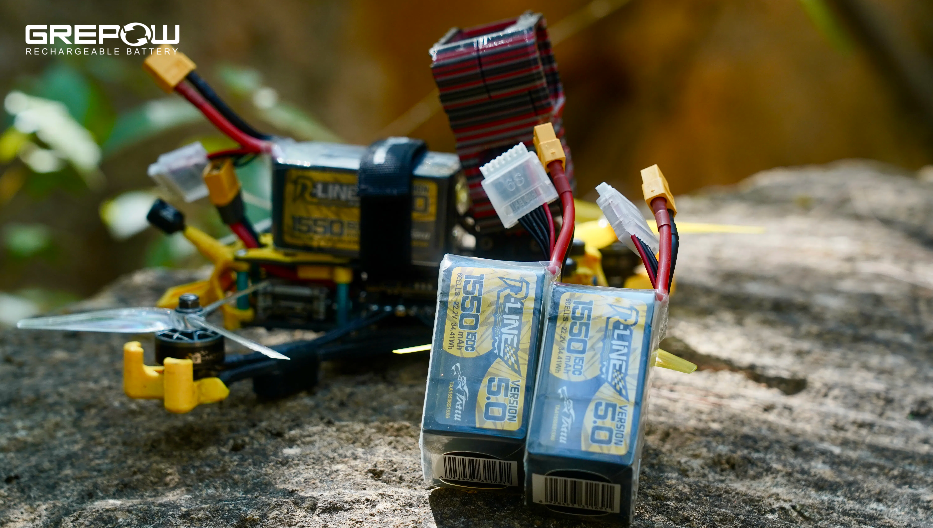
What Is a 7 Inch FPV Drone?
2025-04-15 -

Empowering Drone Training with Grepow’s Tailored Battery Solutions
2025-04-15 -

FPV Drone Types: All You Need to Know
2025-03-06
Related products
-
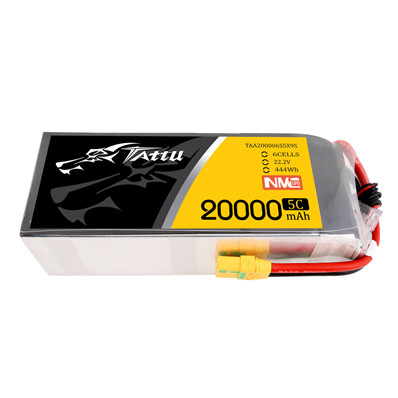
20000mAh 22.2V 6S Semi-Solid State Battery Pack
-
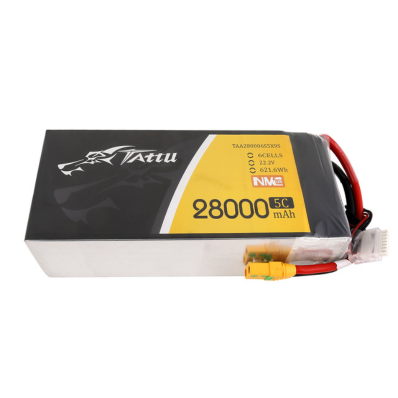
28000mAh 22.2V 6S Semi-Solid State Battery Pack
-
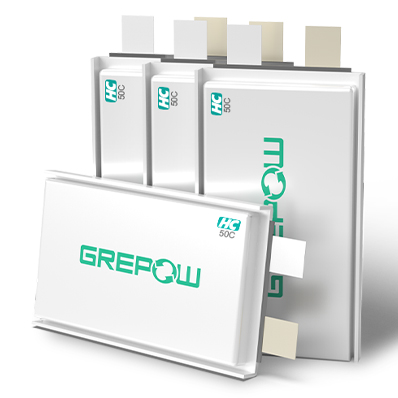
50C High Discharge Battery - High C Rate LiPo
-
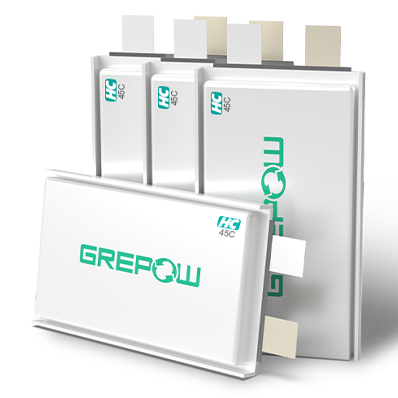
45C High Discharge Battery - High C Rate LiPo

















































